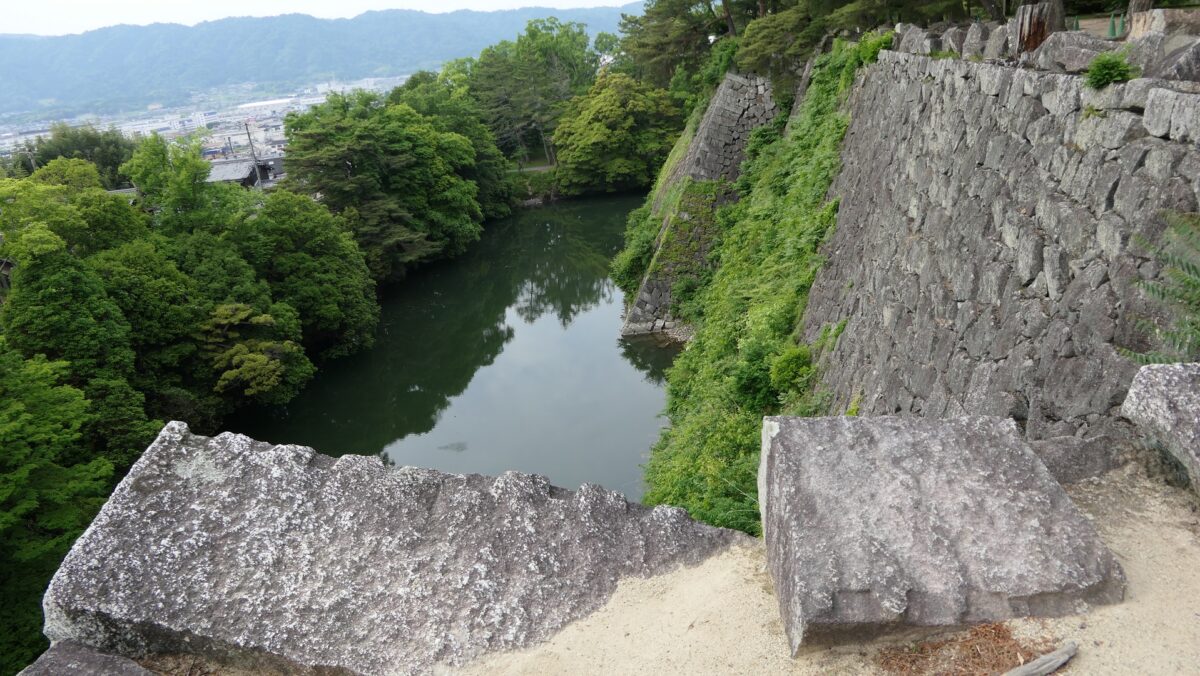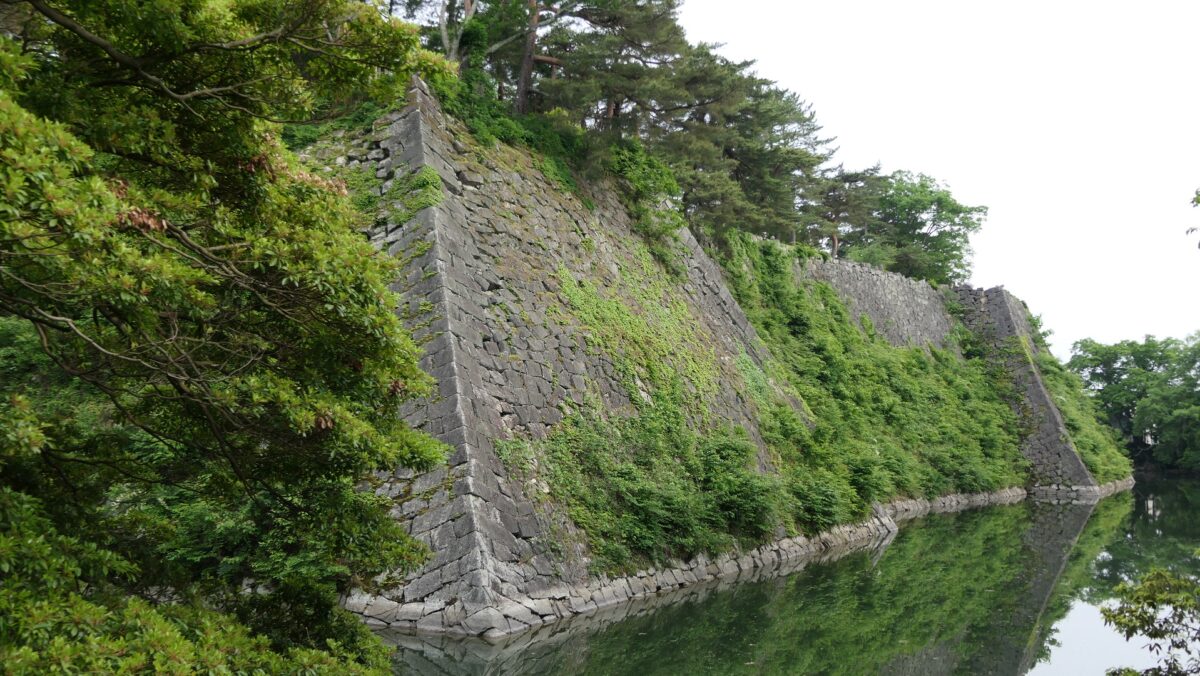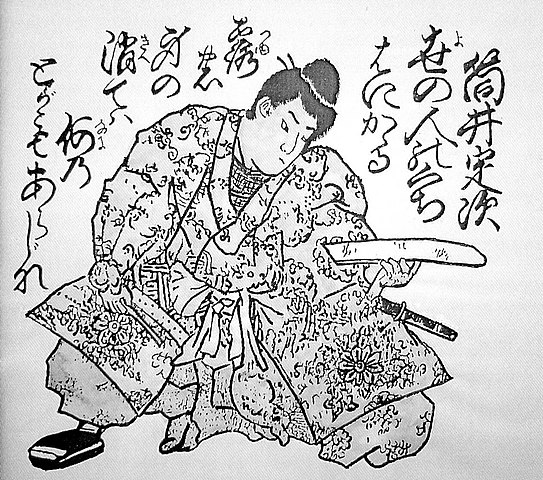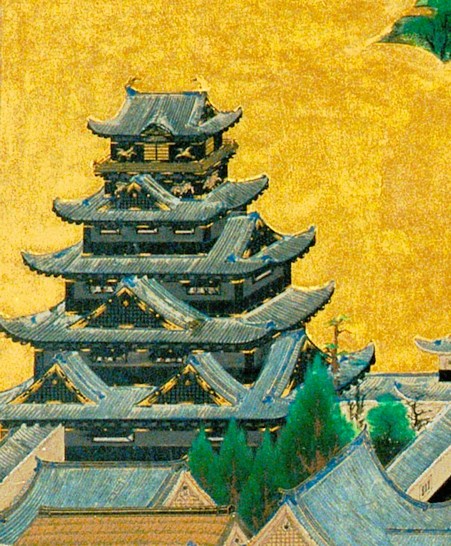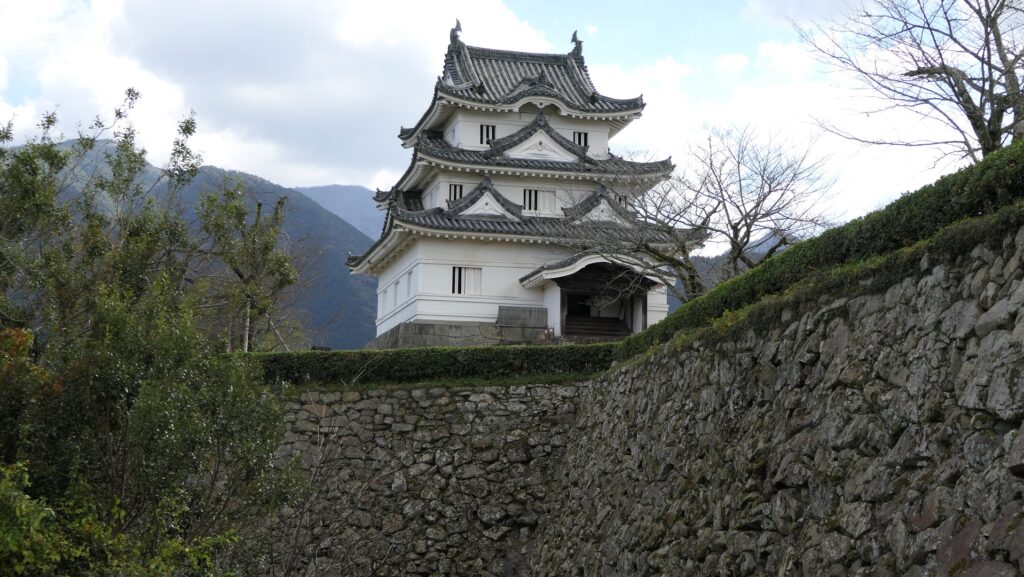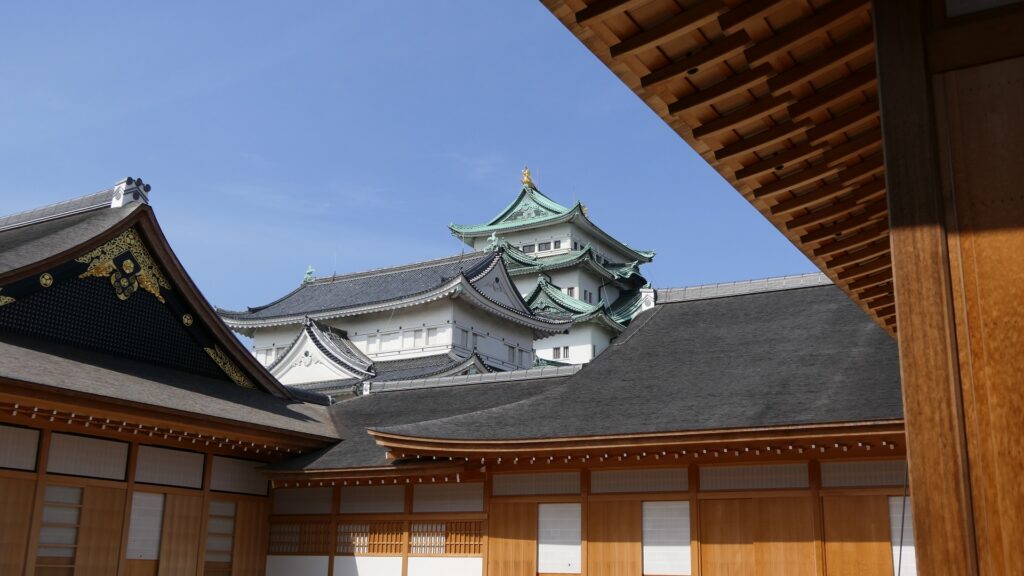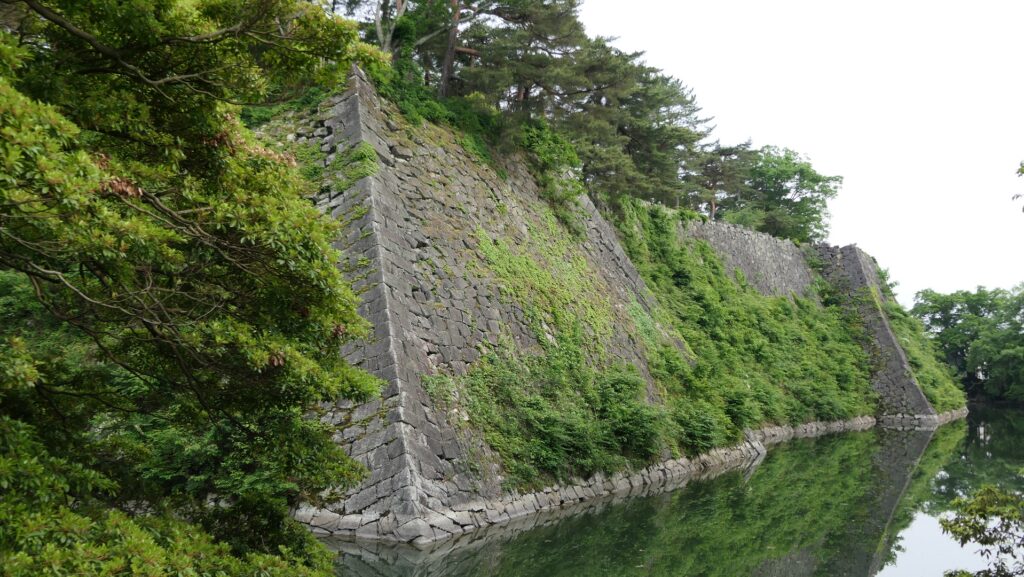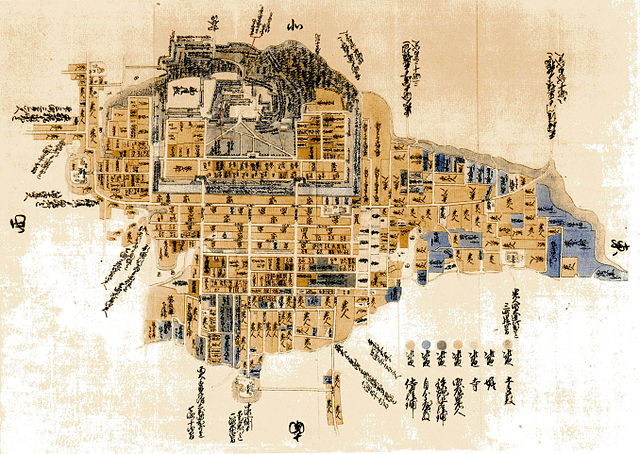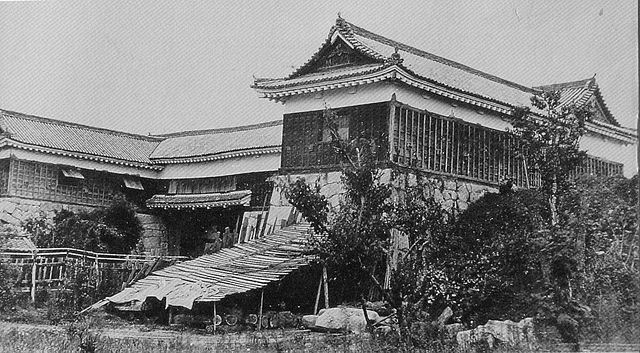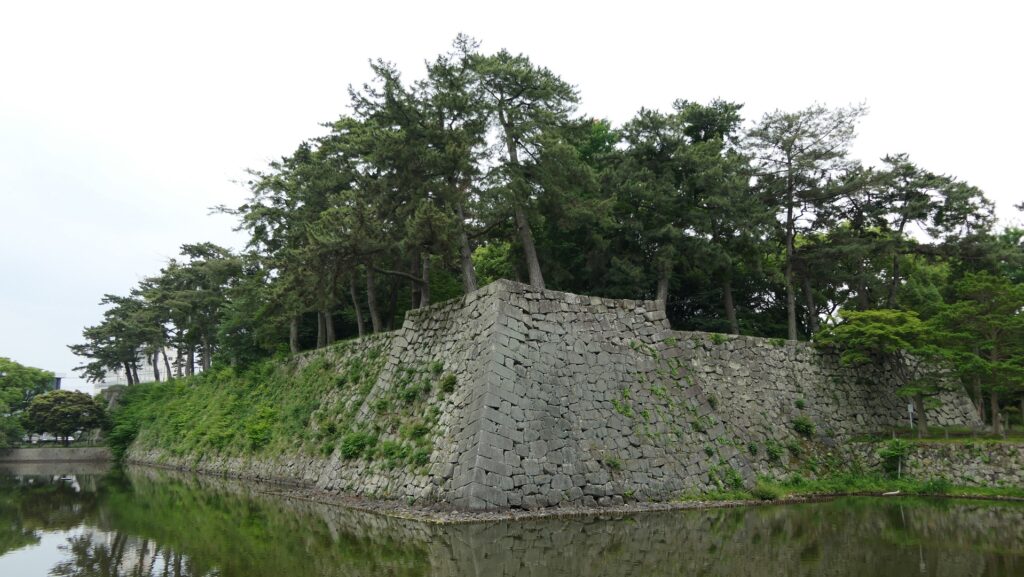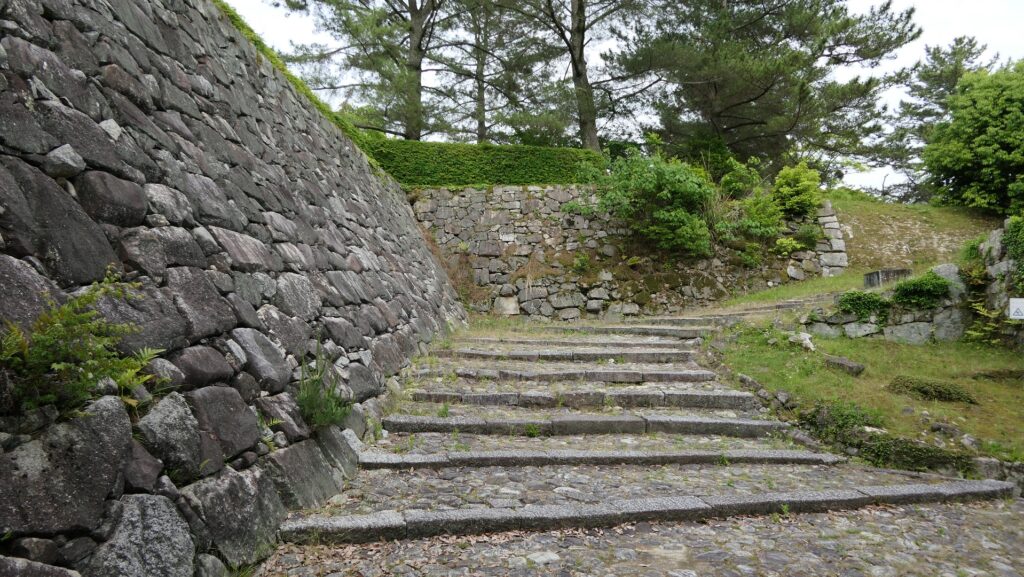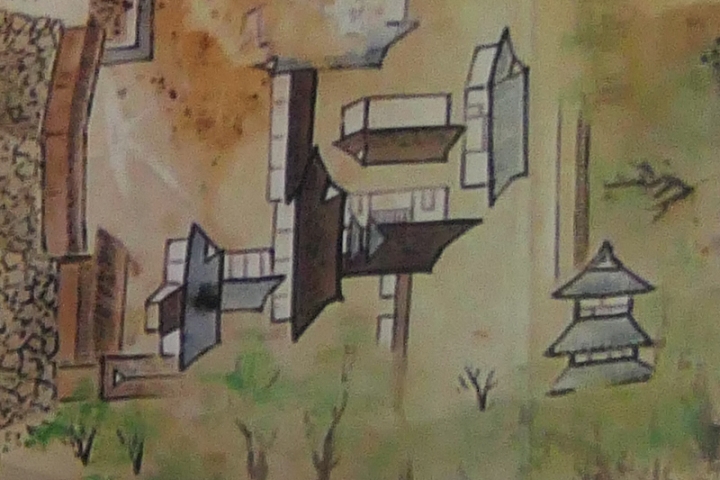Features
Fron City Area to Official Residence Ruins
Today, Iga-Ueno Castle is part of Ueno Park, which is located in roughly the Main Enclosure. Other enclosures including the Second Enclosure were turned into a suburban area. If you visit the castle from Ueno-shi Station nearby, the area around the station is the former Second Enclosure. For example, you can only see the signpost of the Eastern Main Gate near the station.
The map around the castle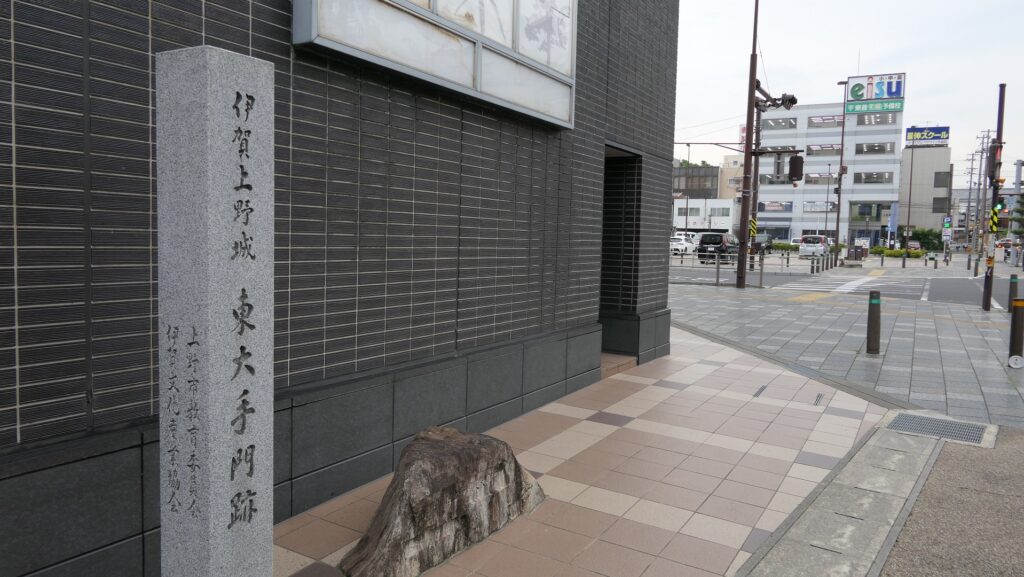
The route straight from the station to the park was the former Eastern Inner Moat of the castle. Then, you can enter the eastern part of the park where Sadatsugu Tsutsui originally built the castle. However, only the signpost for the first Main Tower remains from Tsutsui’s rule. There are mainly the ruins of the official residence surrounded by stone walls from the Edo Period.

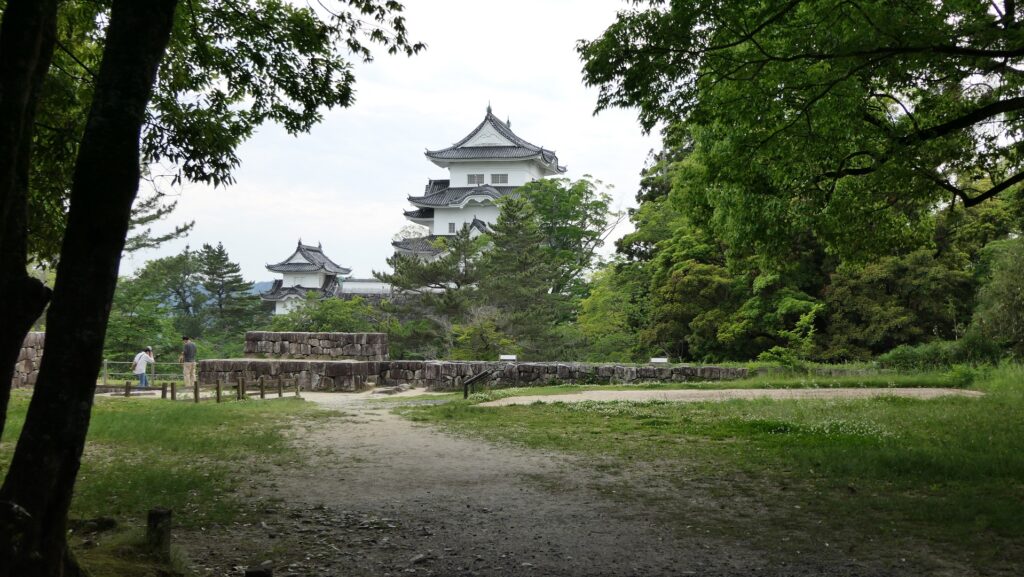
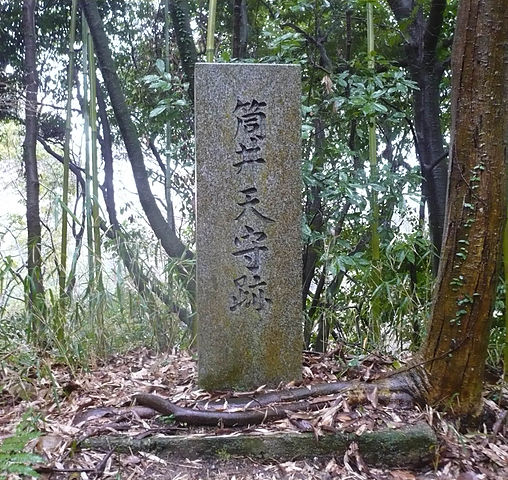
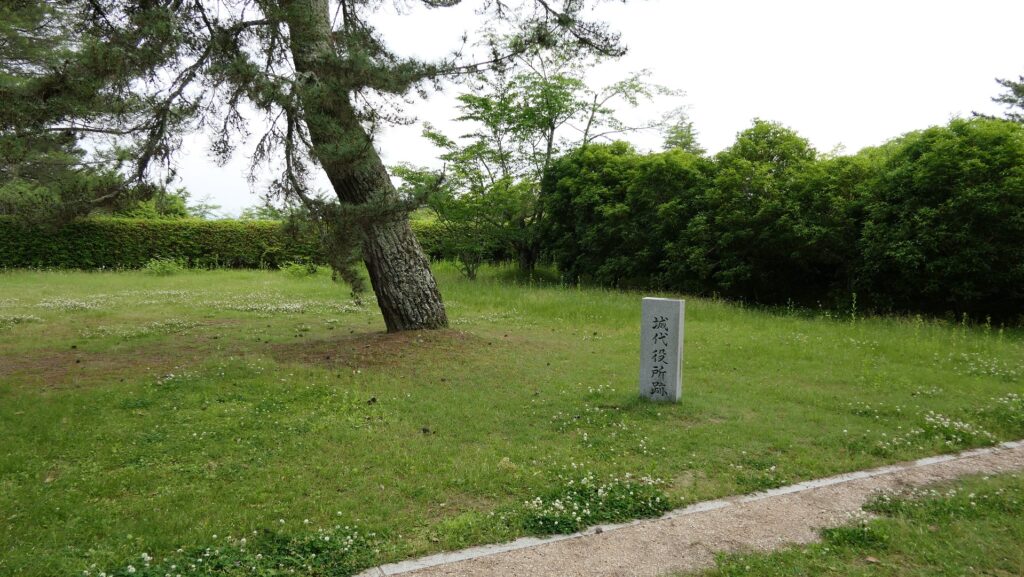
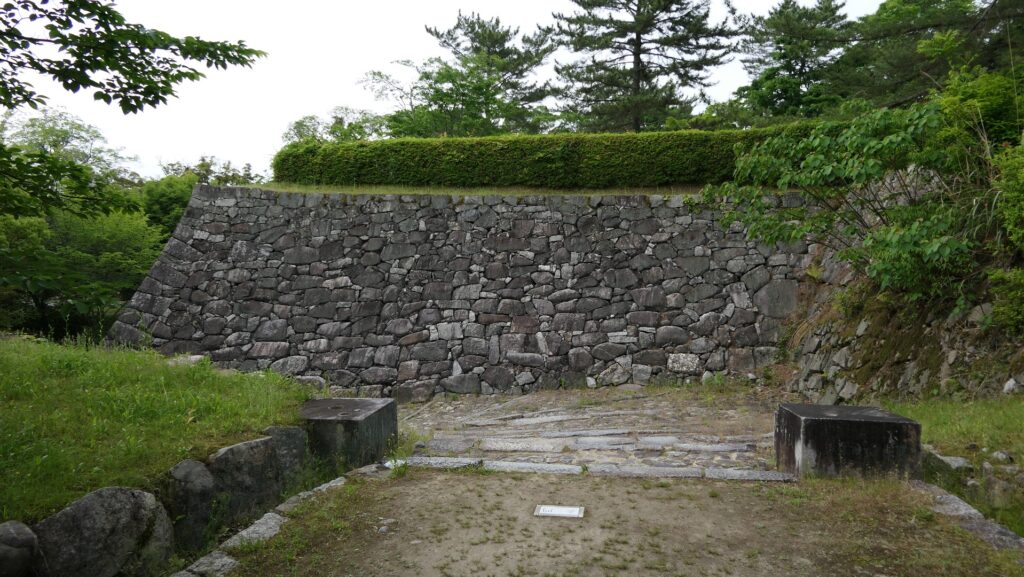
Rebuilt Main Tower with lots of Exhibitions
You can see the Rebult Main Tower on the remaining stone wall base for the second Main Tower in the western part of the park. The Rebuilt Tower is not original to the castle, and much smaller for the base probably because of budget limitations. However, it was made of wood in 1935 of the Showa Era, and has a traditional Japanese style. It exhibits lots of items about the castle and Takatora Todo, who improved it. You will even see a figure of a Ninja sticking to beams under the ceiling of the building.

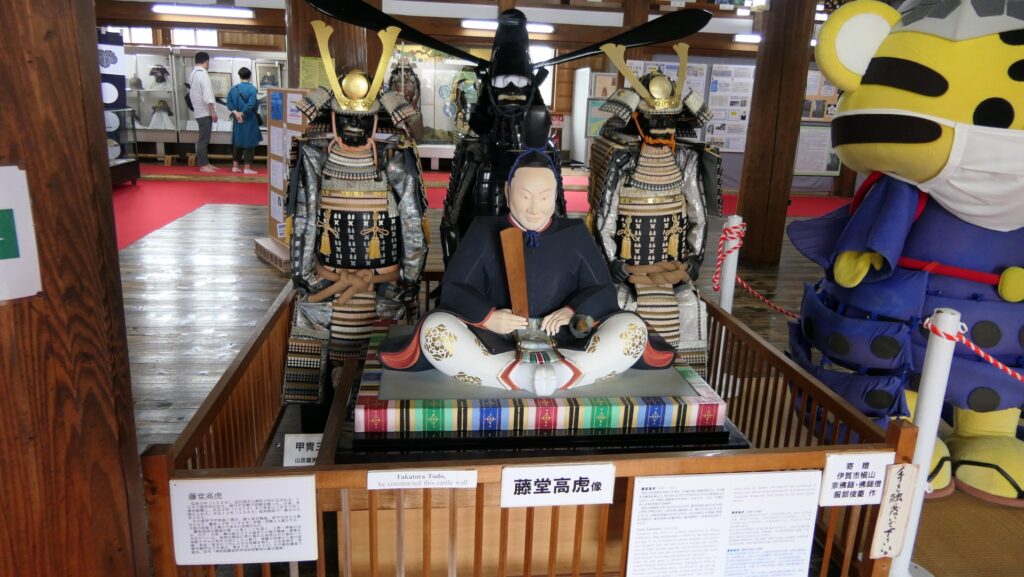
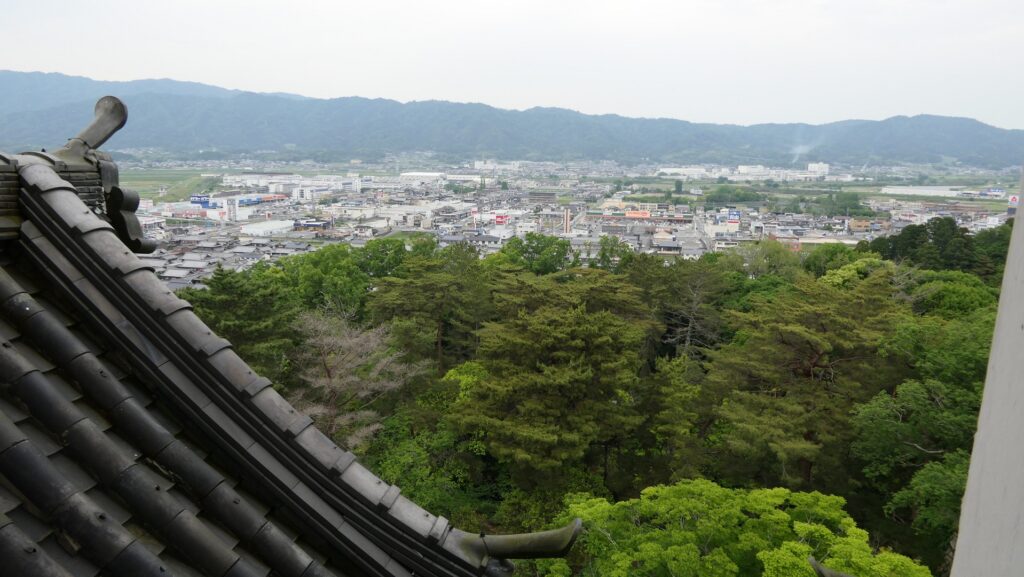
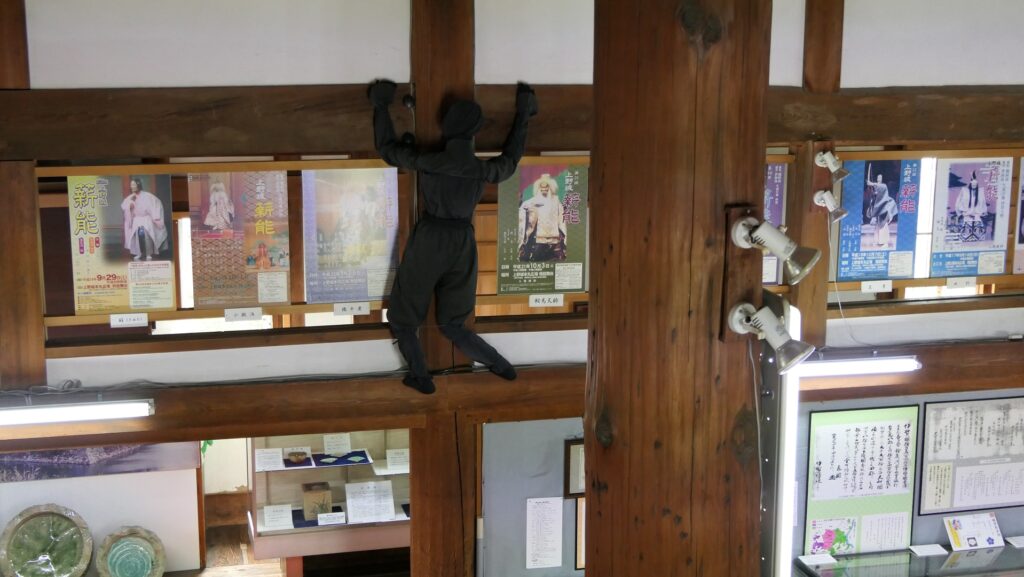
One of Greatest High Stone Walls in Japan
The highlight of this castle is definitely the remaining high stone walls with the Western Inner Moat at the western side of the park. These stone walls, which are 29.5m high, were said to be the highest single ones in all the castles of Japan. However, when researchers measured them, it was found that the highest stone walls are the ones of the Osaka Castle Main Enclosure’s eastern side, which are 32m high. (The stone walls of Osaka Castle were rebuilt by the Tokugawa Shogunate after those of Iga-Ueno Castle were built and the shogunate beat the Toyotomi Clan). People didn’t know about this because 6m of the lower part is below the surface of the water in the moat. By contrast, the 29.5m of Iga-Ueno Castle’s wall is all above the water’s surface. This may be the reason why people thought it was the highest, but it is still the highest based on appearance.
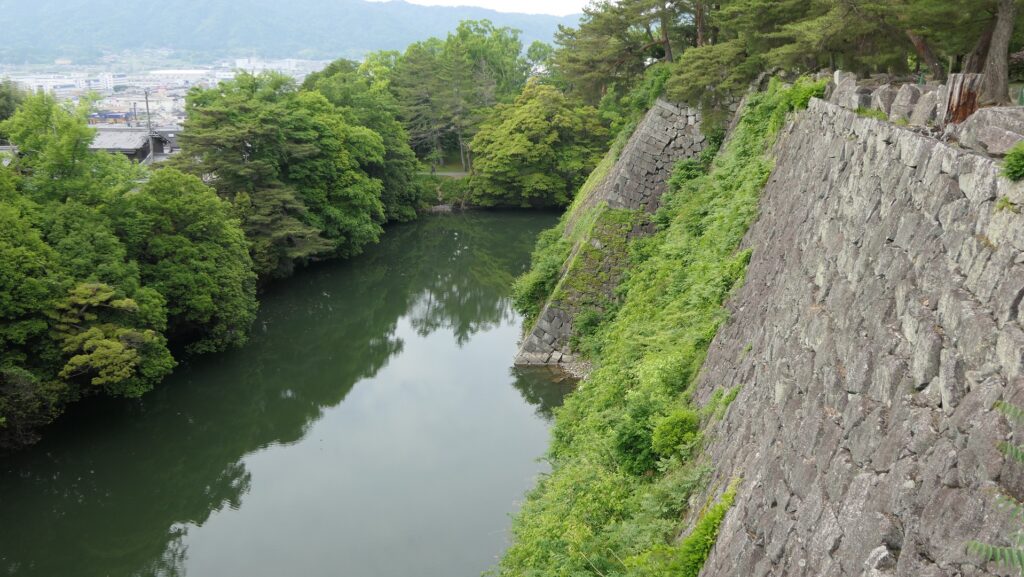
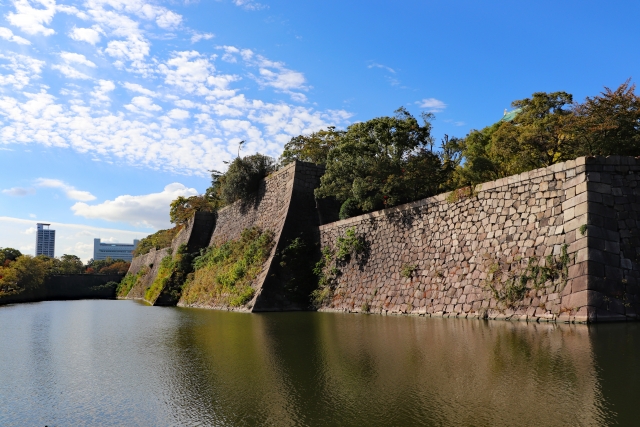
You can get close to the top of the stone walls to look down on them. However, make sure you watch your step very much because there are no guardrails. There are only some signposts that say “Danger” or “Caution” in Japanese, cones, and ropes.
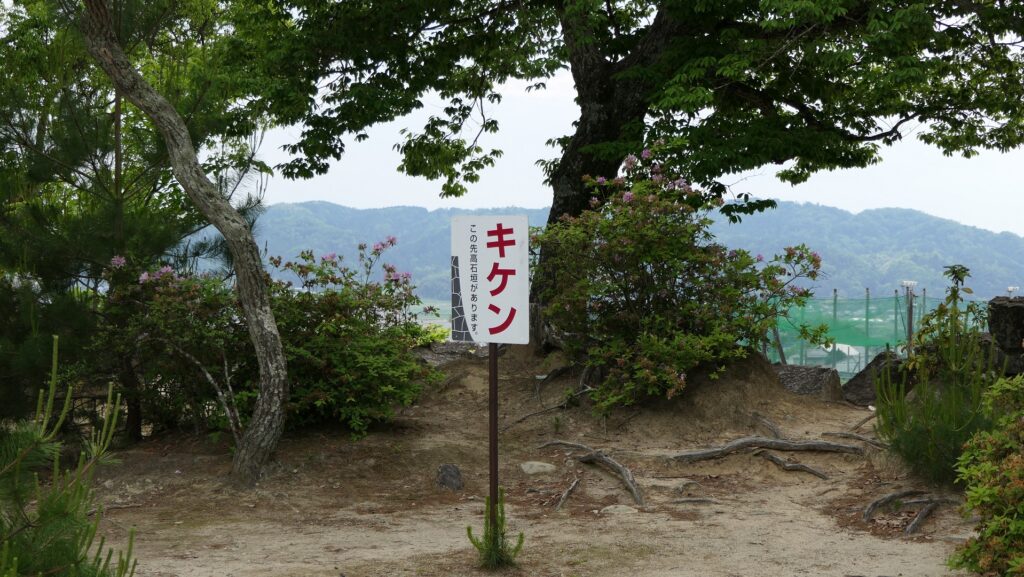
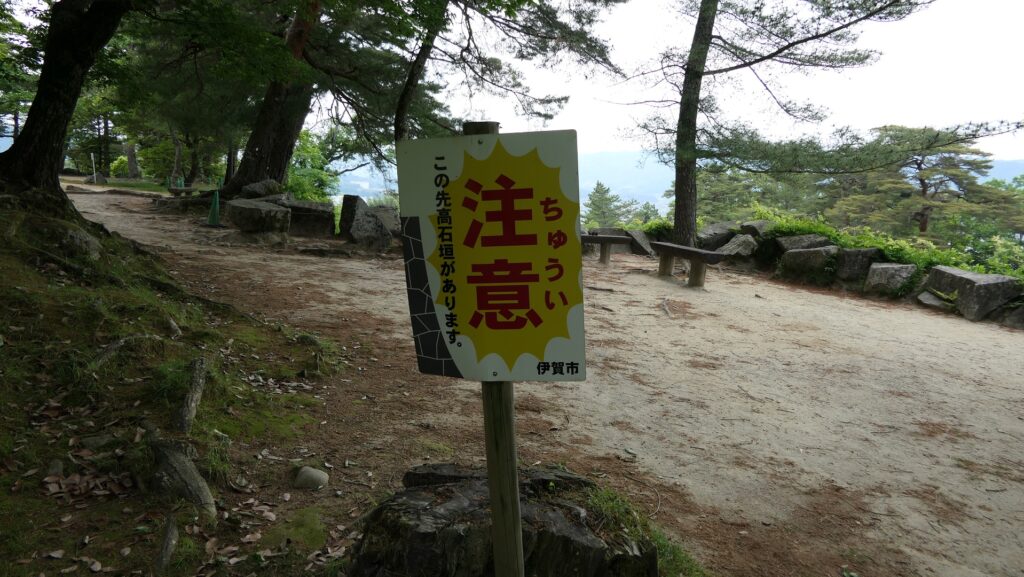
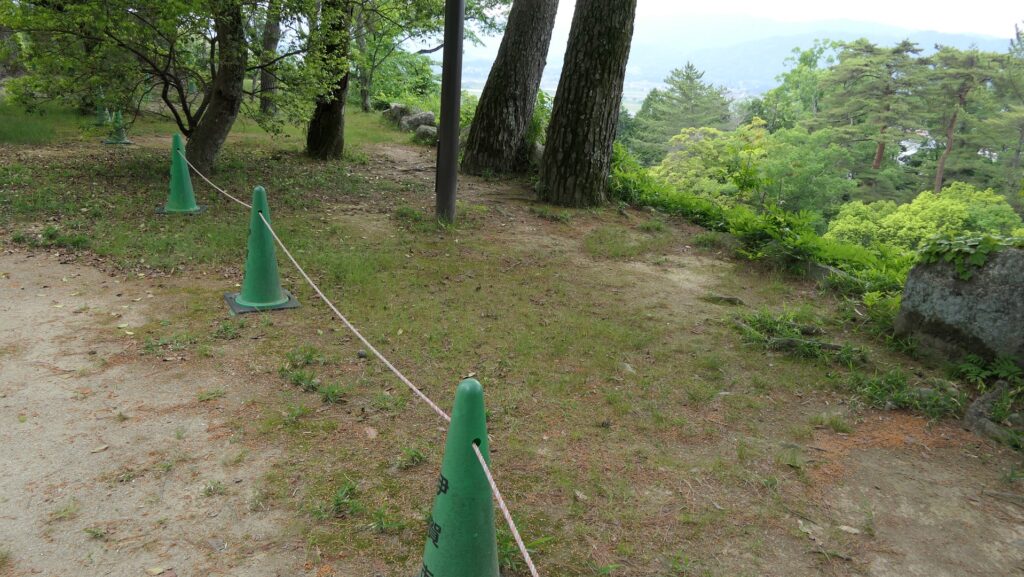
If you stand on the edge of the stone walls carefully and look down, you may tremble, but will see how tall and well-built they are. In fact, the 29.5m is the length from the bottom to the top of the leaning stone walls. Their vertical height is 20.6m, but it’s more than high enough to be impressed by Takatora’s great work.
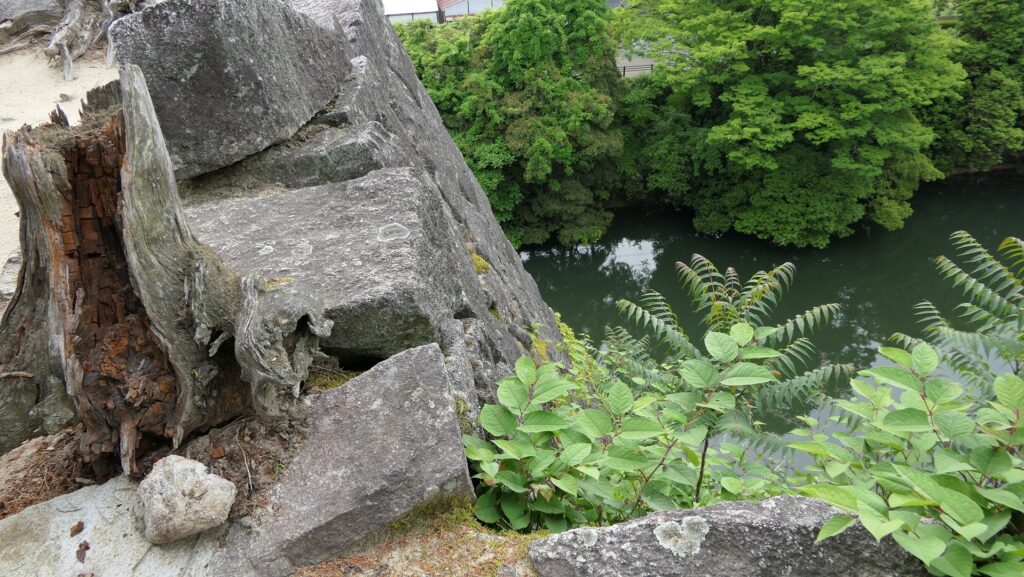
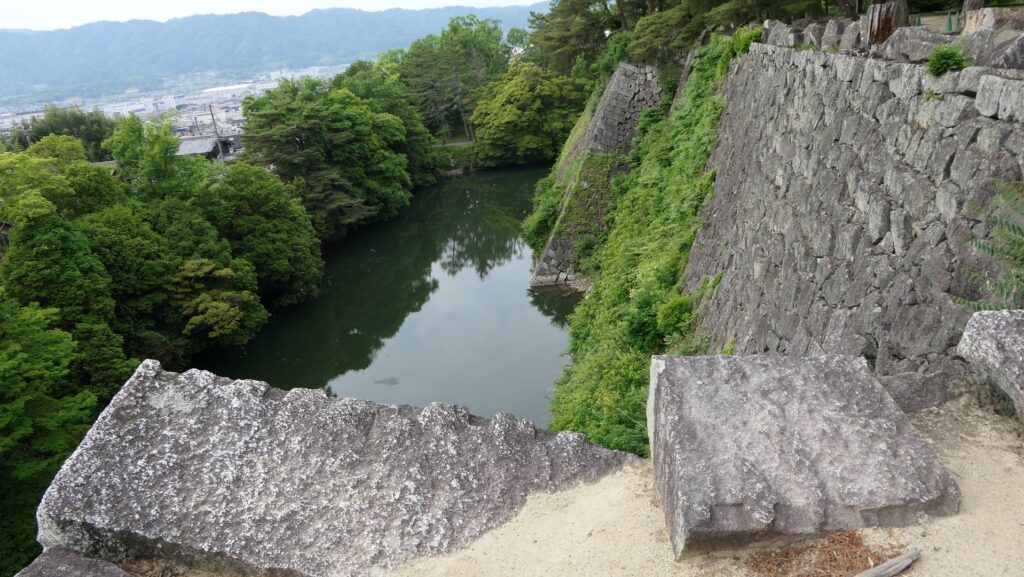
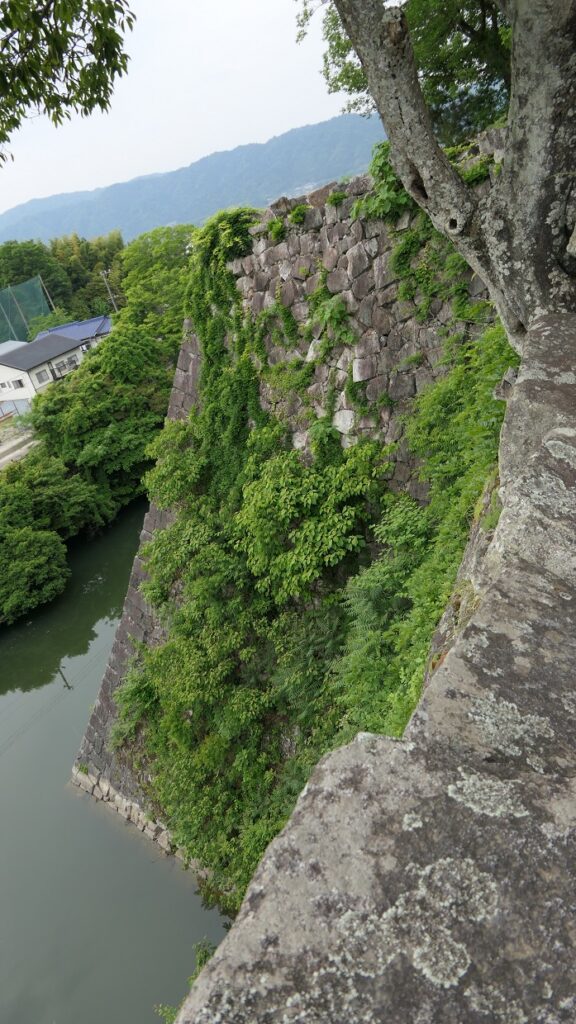
To be continued in “Iga-Ueno Castle Part3”
Back to “Iga-Ueno Castle Part1”

